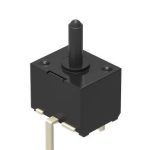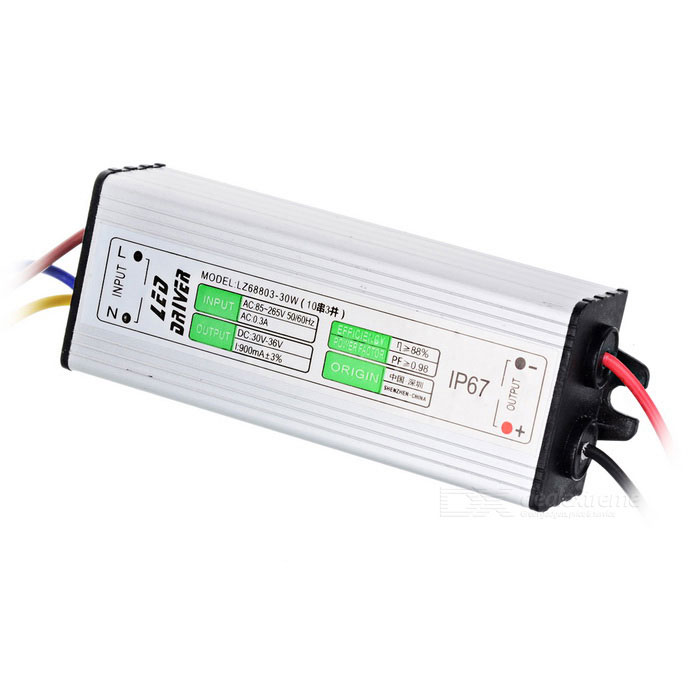
LED Drivers
LED drivers are independent power supplies which regulate the amount of power required by an LED or array of LEDs. Primarily, LEDs are designed to operate on voltages between 12 to 24V DC. Given that most supplies are AC, LED driver is required to rectify the higher voltage to low voltage DC. LED drivers also protect LEDs from a voltage or current fluctuations. Any change in voltage could result in a change in the current being supplied to the LEDs. The amount of light emitted by LEDs is directly proportional to the current supply. LEDs are designed to operate within certain ranges beyond which the light output could vary or degradation will set it due to higher temperatures within the LED.
Constant Current vs Constant Voltage
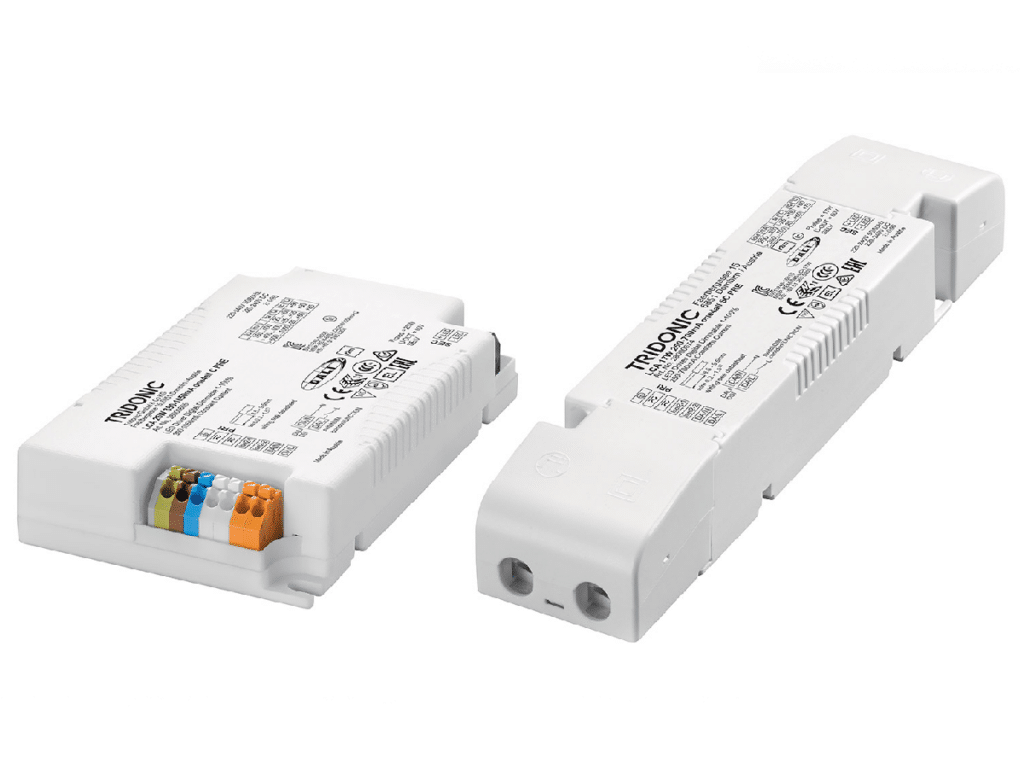
The LED drivers are distinctly divided into two,
- Constant current driver
- Constant voltage driver
Constant current LED Driver
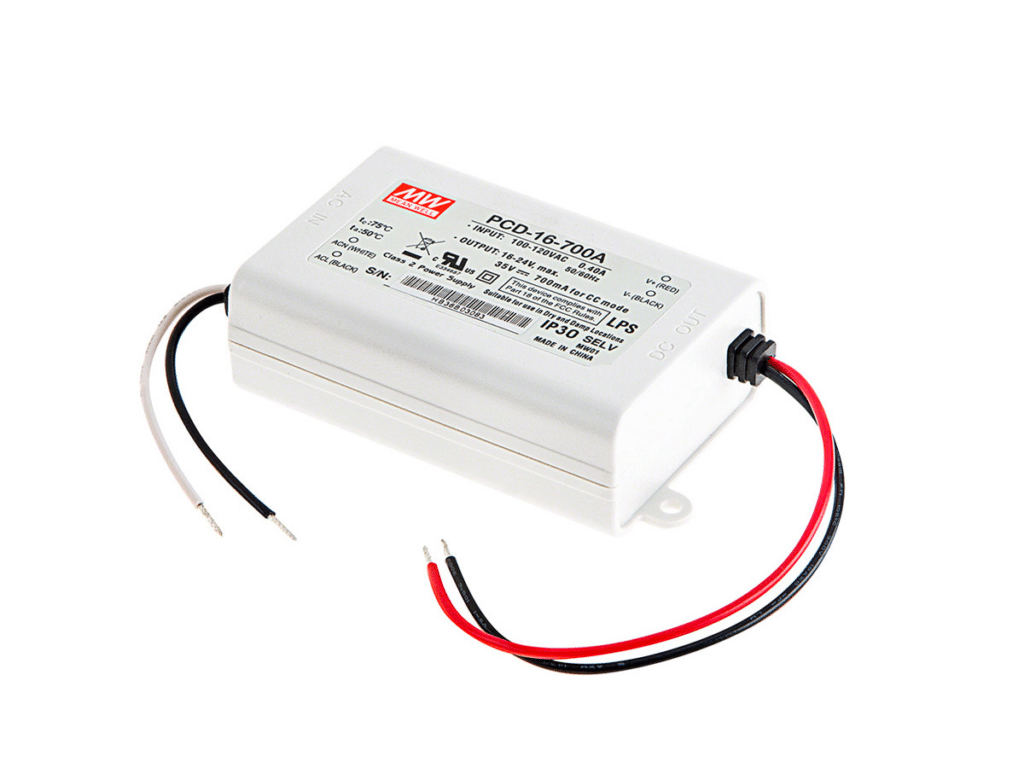
Constant current LED drivers ensure that constant current is supplied throughout the electric circuit by having a variable voltage. They are a popular choice for LED application as they can be used for individual bulbs or numerous LEDs connected in series. One disadvantage of connecting LEDs in series is that if the circuit is broken, none of the LEDs will work. Constant current LED drivers offer better control and more efficiency than their constant voltage counterparts.
Constant Voltage LED Driver
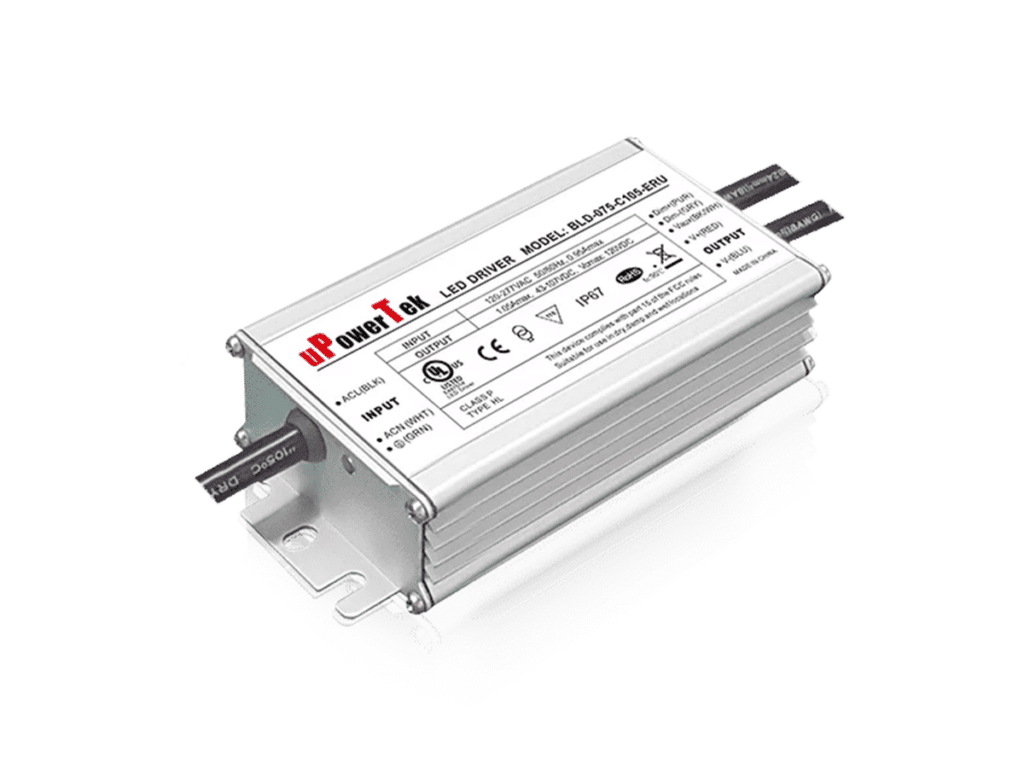
Constant Voltage LED drivers are power supplies that have a set voltage that they supply to the electronic circuit. They could be used o run multiple LEDs arranged in parallel. They can also be used with LED strips that have a current limiting resistor. When using a constant voltage LED driver, ensure that the voltage requirement of the entire LED string.
Factors to consider when choosing either constant current or constant voltage driver
Output current
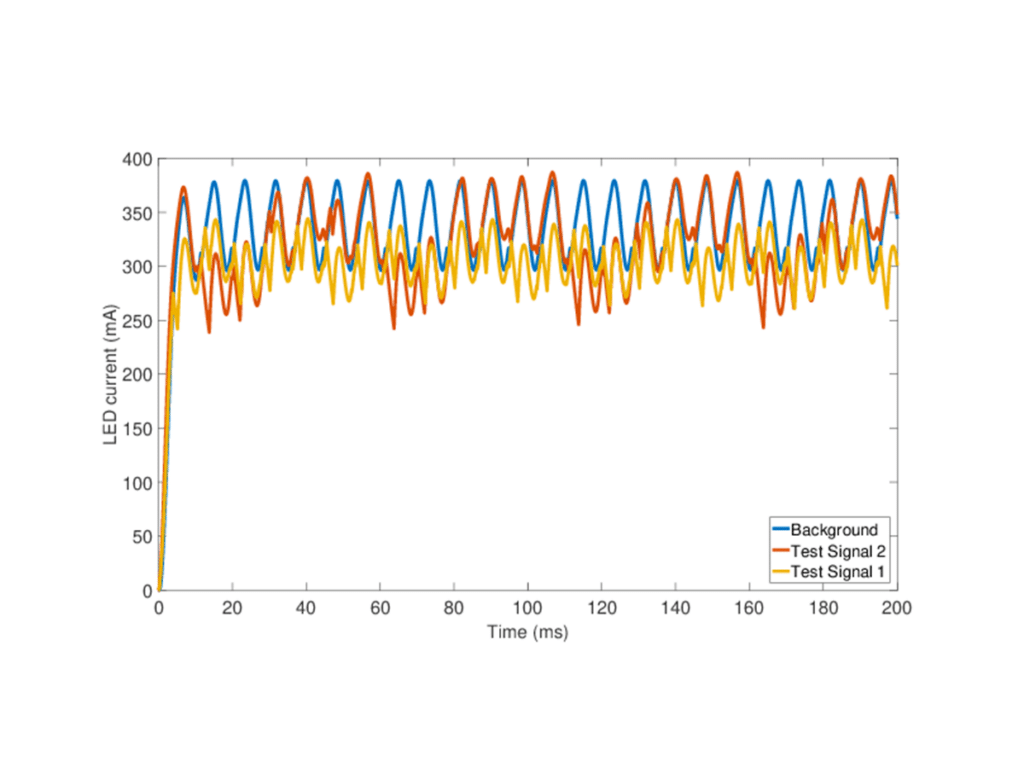
When picking a constant current LED driver, observe the current requirement of your LED(s). The preferred driver should then reflect the output value. The amount of current required for a specific LED is usually stated in its datasheet. The value is stated in amps (A). Ensure that the stated value lies within the range supplied by the LED driver
Voltage
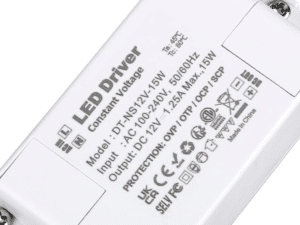
Constant voltage drivers require that the LED voltage be the same as the driver’s output. In the event of multiple LEDs, each LED voltage requirement is added together for a total value.
Life expectancy
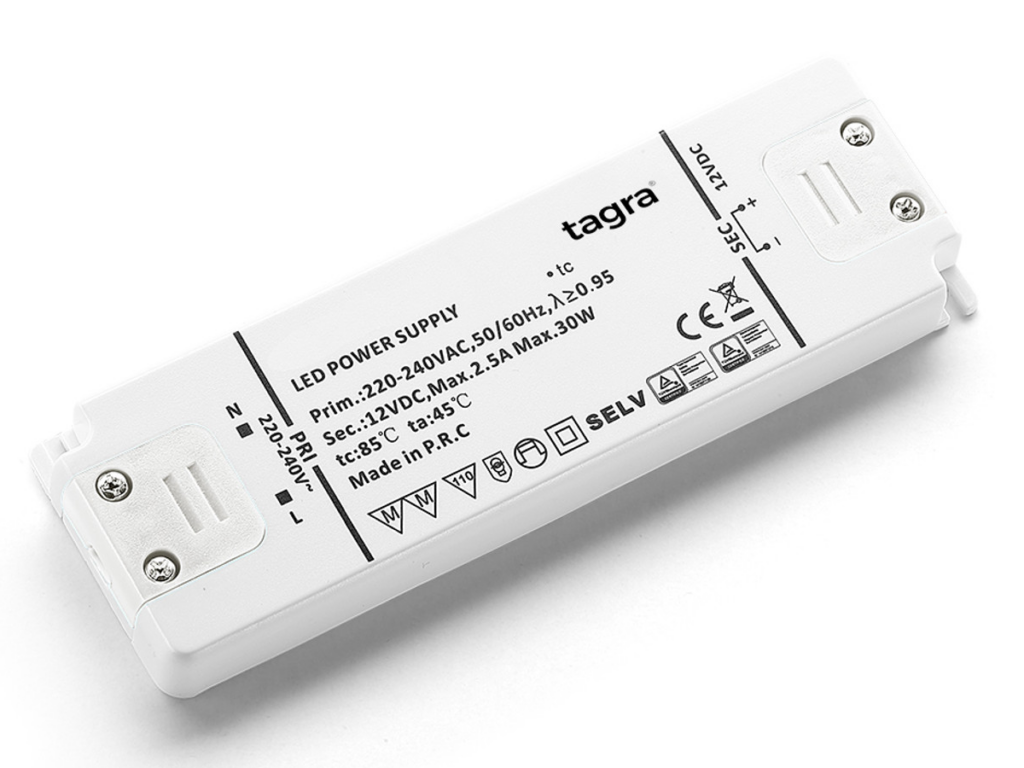
The life expectancy of LED drivers is usually in thousands of hours and is regarded as MTBF (Mean Time Before Failure). Compare this to your rate of use and you should be able to estimate how long the driver will serve you.
IP Rating
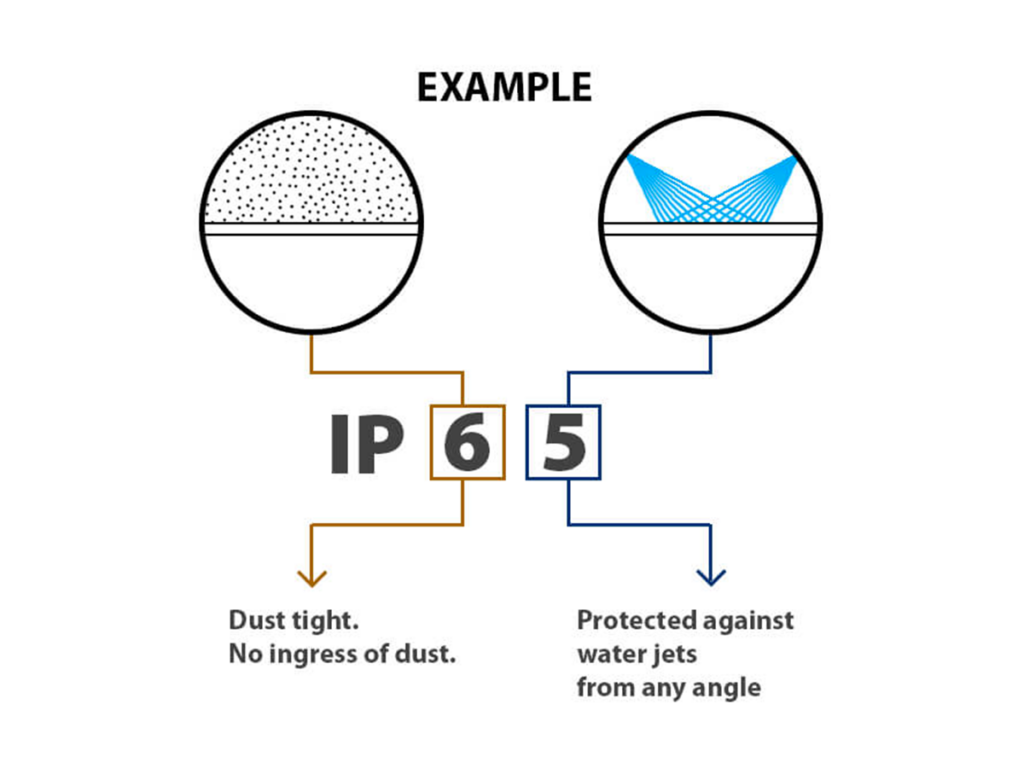
Where do you intend to use the LED driver? Is it going to be exposed to water or dust? If so, you will need an IP5 rated driver as it can withstand exposure to water or dust. IP ratings are given as a number and they indicate the type of pollutants that the LED driver can withstand. Pick the driver with the appropriate rating based on where it will be used.
Termination method
There numerous termination methods available with and for LED drivers. Ensure that the option you pick best suits your application.
Post You order now we Guarantee you that you will be satisfied after purchase LED Drive Here…

















